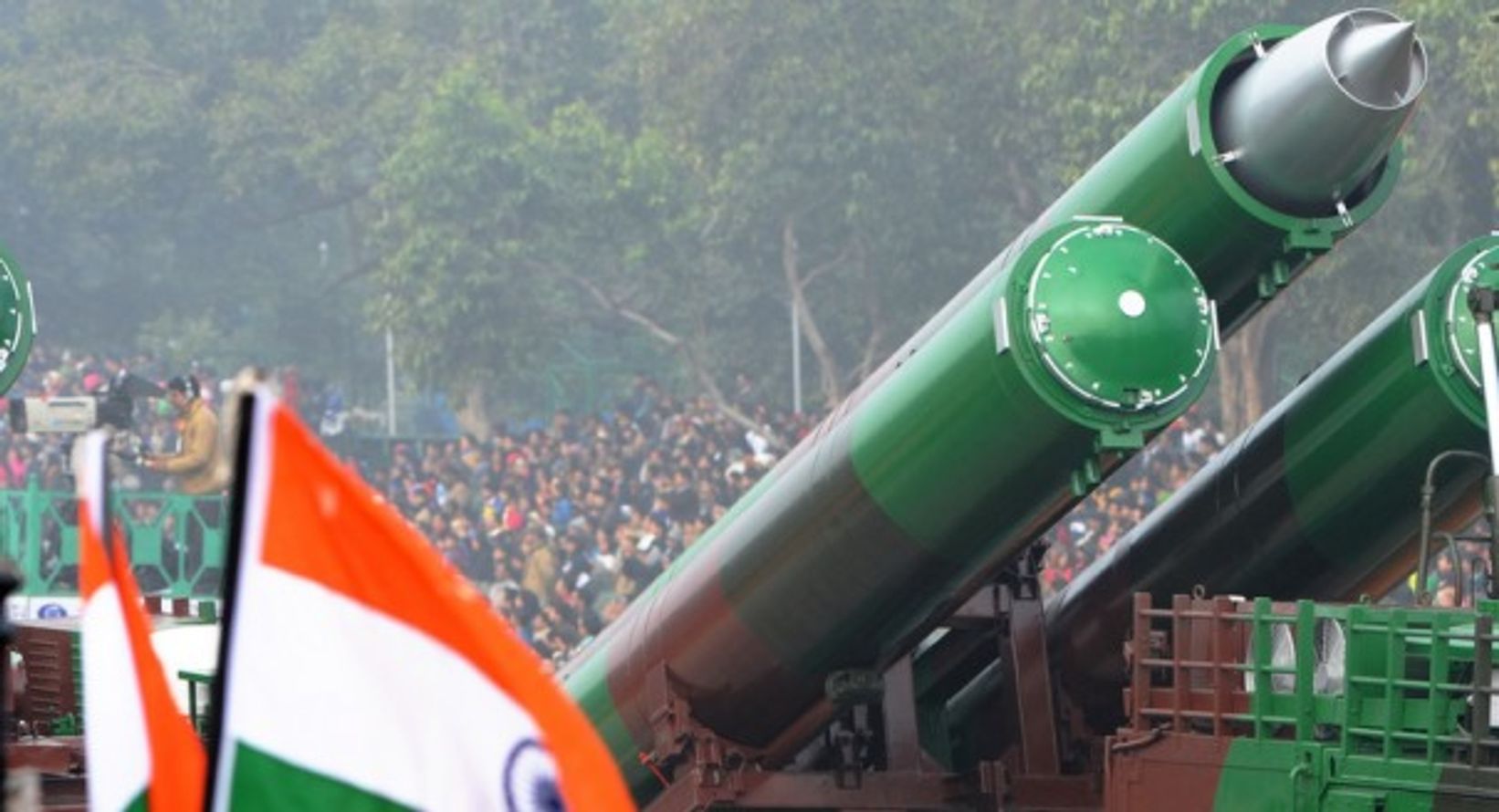
The Mushroom Cloud of the First Hydrogen Bomb
We’ve all witnessed the footage. A pristine blue sky abruptly transformed by a mushroom cloud of smoke accompanied by the thunderous sound of the explosion. However, you may have noticed that many of these clips are quite dated, often originating from decades past. Contemporary nuclear weapons possess astonishing levels of destructive capability. A single failure in the core systems controlling a nuclear missile launch could trigger a US nuclear strike on Shanghai, potentially claiming over 30 million lives – far exceeding the 20 million total casualties (both military and civilian) of World War 1.
But what makes nuclear weapons so catastrophic? How can a warhead that is only a few feet in length and a few inches in width cause such widespread destruction? Today, we will delve into the physics and progression of nuclear arms, along with the consequences if a nuclear device were to be unleashed.
How do Nukes Work?
The core of an atom is unified with an enormous amount of energy. There are two methods to tap into this energy: nuclear fission and nuclear fusion.
Nuclear Fission
Typically, the core of an atom is stable. However, the sizable nuclei found in certain heavy metal isotopes such as uranium and plutonium cause these atoms to be unstable. In Uranium-235 and Plutonium-239, it is feasible to target the nucleus with a neutron, splitting the atom into two smaller atoms while releasing additional neutrons and a vast amount of energy from the nucleus. These neutrons and energy can trigger further fission reactions, resulting in an immediate release of exponentially increasing energy.
Nuclear Fusion
Nuclear fusion stands in contrast to nuclear fission. While fission involves taking a single atom and dividing it, fusion combines two very small atoms, usually hydrogen isotopes (like deuterium and tritium), at extremely high temperatures to form one larger atom (typically a helium isotope). Just like nuclear fission, this process releases an enormous amount of energy to drive further reactions. Nuclear fusion is the power source for our planet, as the sun operates in precisely this manner, fusing hydrogen to produce helium and releasing energy in the form of light and heat that sustains the earth (and us!).
The Evolution of Nuclear Weapons
As noted earlier, most nuclear explosion footage reveals the initial versions of nuclear arms. Over time, enhancements in technology and engineering have led to the creation of even more potent weapons.
The Atomic Bomb
The initial nuclear weapons created relied exclusively on nuclear fission and were known as atomic bombs. These were the notorious bombs dropped on Hiroshima and Nagasaki. While these are among the least powerful nuclear weapons known, their destructive capacity should not be underestimated. The bombs released over Hiroshima and Nagasaki had yields equivalent to 15,000 and 21,000 tons of TNT, respectively. For perspective, a single kilogram of TNT can obliterate a small vehicle! Even more astonishing is that the combined destruction equivalent to 36,000 tons of TNT was achieved using just two kilograms of radioactive material!
The Hydrogen Bomb
Hydrogen bombs were created and tested following World War 2 and possess even greater destruction and efficiency than atomic bombs, utilizing nuclear fusion to create their impact. Due to the extreme temperatures involved with nuclear fusion, hydrogen bombs are also referred to as thermonuclear bombs. The first hydrogen bomb test yielded explosive power in the range of several megatons of TNT, produced light brighter than a thousand suns, and generated a heatwave felt over 50 kilometers away.
Modern Nuclear Weapons
In the present day, chemical explosives, nuclear fission, and nuclear fusion are skillfully integrated to design the most powerful and efficient nuclear weapons ever created. A contemporary nuclear explosion involves two detonations: a primary and a secondary, with virtually no time lapse between the two. While fusion is more efficient and damaging, it necessitates elevated temperatures to initiate, which is where fission plays a role. However, fission must be sustained for a sufficient duration before the high temperatures required are achieved, meaning adequate radioactive fuel must be available for fission to persist long enough. This concept is known as critical mass, the minimum quantity of fuel necessary to maintain nuclear fission.
In contrast to early warheads like those used in Hiroshima and Nagasaki, which required more radioactive fuel to reach critical mass, modern warheads capitalize on the principle that more dense fuel results in a reduced critical mass for enhanced efficiency. This is executed in the “fission ‘primary’” component of the diagram by positioning chemical explosives